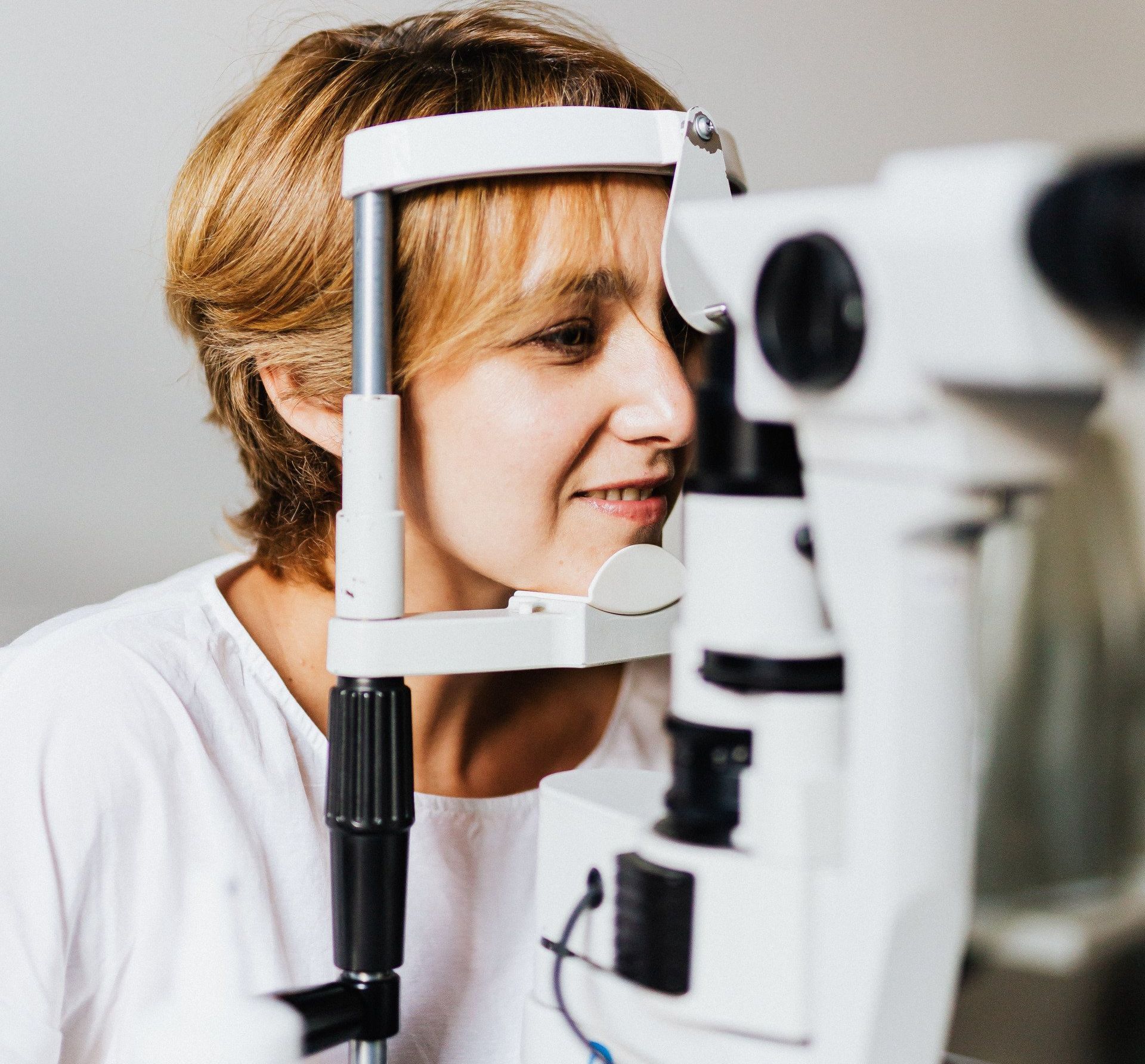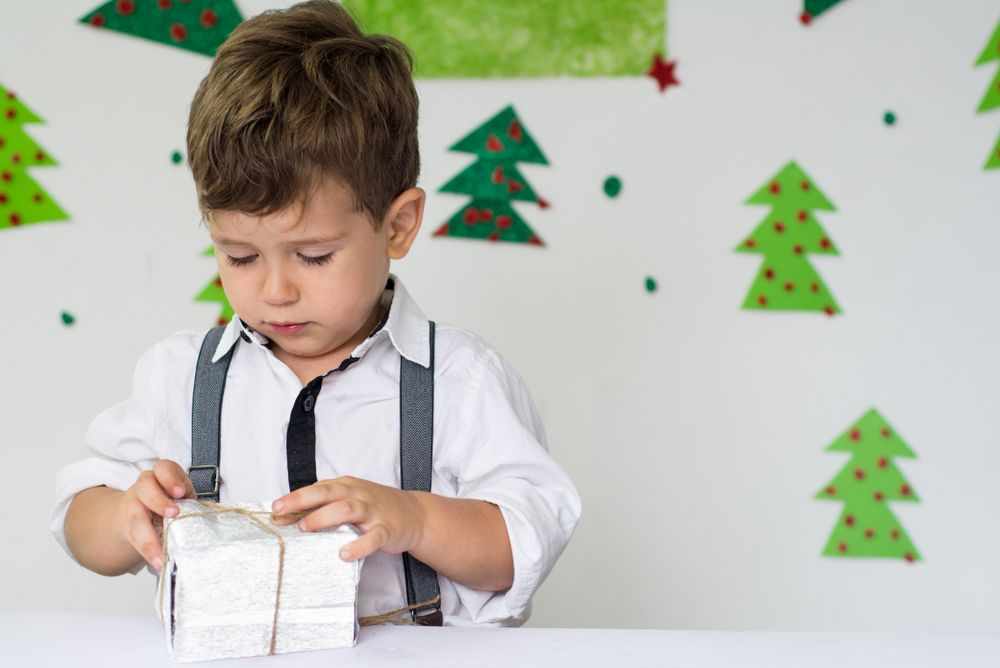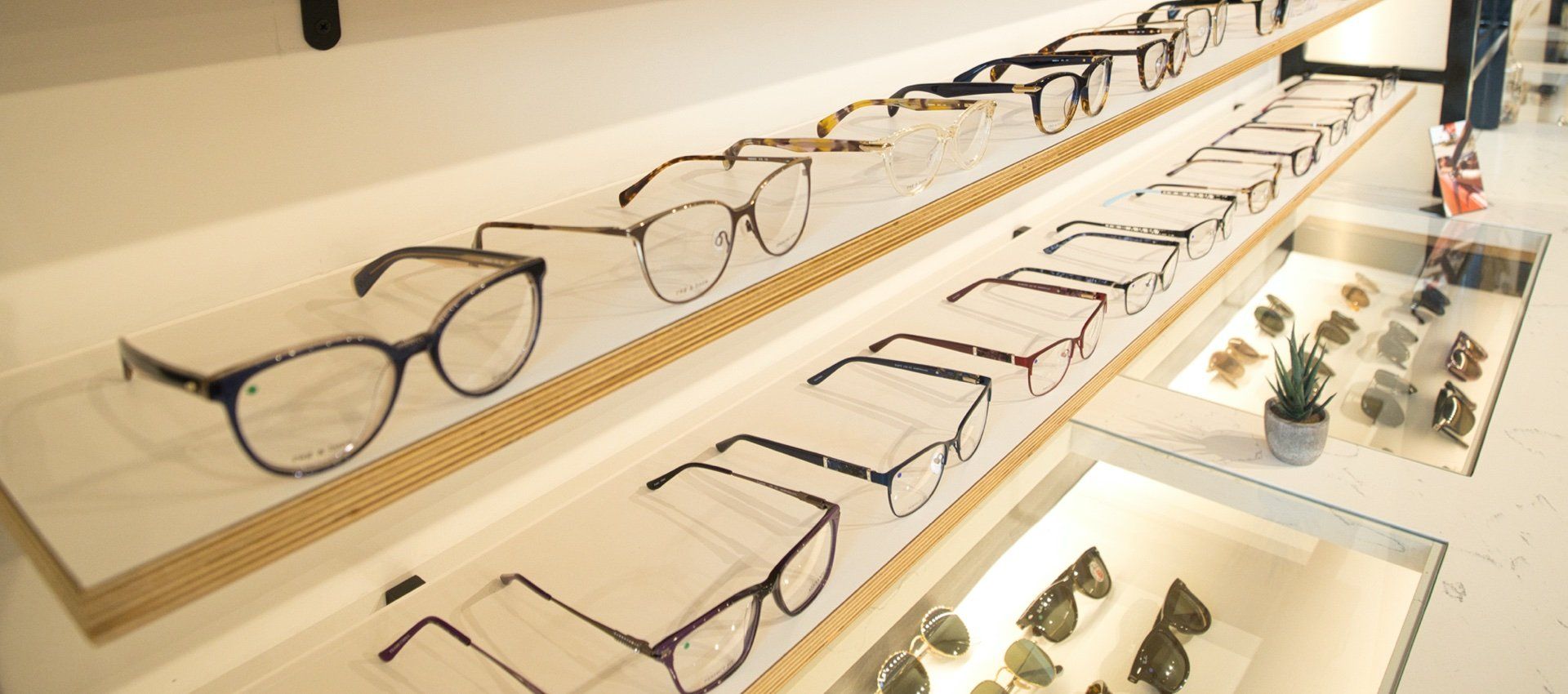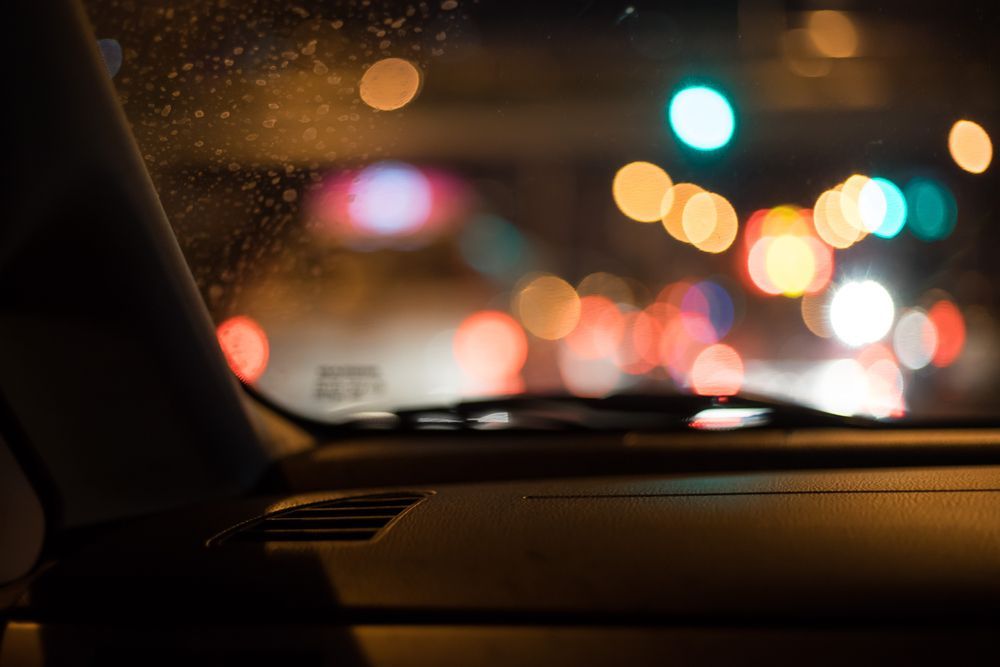Exploring the Importance of Regular Eye Examinations and Recognizing Risk Factors
Glaucoma, often termed the "silent thief of sight," is a leading cause of irreversible blindness in the United States. This chronic, progressive eye disease, characterized by damage to the optic nerve, affects an estimated 3 million Americans, yet alarmingly, only half are diagnosed and receiving treatment. Understanding glaucoma is crucial, not only for those affected but also for everyone, as early detection and treatment can significantly alter its impact.
What is Glaucoma?
Glaucoma is a group of eye conditions that result in optic nerve damage, often associated with increased pressure within the eye, known as intraocular pressure (IOP). This damage can lead to irreversible vision loss and, ultimately, blindness if not diagnosed and treated promptly.
Although there are several types of glaucoma, the most common are:
Open-angle glaucoma – This type accounts for 90% of cases. In open-angle glaucoma, even though the drainage angle is “open,” the fluid within the eye drains too slowly. As fluid builds up, the pressure within the eye increases to the point where it begins to damage the optic nerve. There are no early symptoms which is why 50% of people with this type of glaucoma are unaware that they have the disease.
Angle-closure glaucoma is rare and can be acute or chronic. This form occurs when the drainage angle is partially or completely blocked, and fluid cannot circulate. In its acute form, symptoms may include eye pain, blurred vision or seeing halos/colored rings around lights. If you experience any of these symptoms, you should see your optometrist right away because vision loss can happen quickly.
Who is at risk for Glaucoma?
- Everyone over the age of 60.
- Anyone with a family history of glaucoma.
- People with severe nearsightedness (myopia)
- People with abnormally high intraocular pressure (IOP).
- African Americans and those of Hispanic, Latino, and Asian descent.
- Anyone who has had trauma to the eye either by injury or eye surgery.
- People with thin corneas or certain health conditions such as diabetes and high blood pressure.
Treating Glaucoma
While there is currently no cure for glaucoma, early detection and treatment can help preserve your vision and prevent further vision loss. Since glaucoma often presents no symptoms in its early stages, timely detection is crucial. Treatment primarily focuses on reducing intraocular pressure. If you have been diagnosed with glaucoma, your treatment plan may include:
Medications. The most common treatment is prescription eye drops. These drops lower the pressure in your eye and prevent damage to your optic nerve.
Laser Surgery. Laser surgery can help lower the intraocular pressure (IOP) in the eye. By opening the fluid channels in the eye, the drainage system within the eye works better.
Operative Surgery. In cases where medication and laser therapy are ineffective, surgical procedures may be recommended. These surgeries create a new drainage path for the fluid to leave the eye, thus lowering the intraocular pressure. This can be done by creating a new passage for the fluid to flow through or by implanting a shunt to help drain the fluid.
The Importance of Regular Eye Exams
Because glaucoma can progress without symptoms, regular eye exams are vital. These exams should include measurements of intraocular pressure, a thorough examination of the optic nerve, and tests for peripheral (side) vision. For those at risk, these exams are essential for early detection and intervention.
Glaucoma remains a major cause of blindness, but with early detection and proper treatment, its impact can be significantly mitigated. Understanding the risk factors, recognizing the importance of regular eye exams, and adhering to prescribed treatments are key to managing this “silent thief of sight.” If you fall into a high-risk group or are over 60, schedule an eye exam today. Remember, the best defense against glaucoma is early detection and ongoing care.
Are You at Risk for Glaucoma?
Don't wait for symptoms to appear. Protect your vision by scheduling a comprehensive eye exam. Early detection is crucial in managing Glaucoma. Call us at (580) 233-7333 or book your appointment online.











